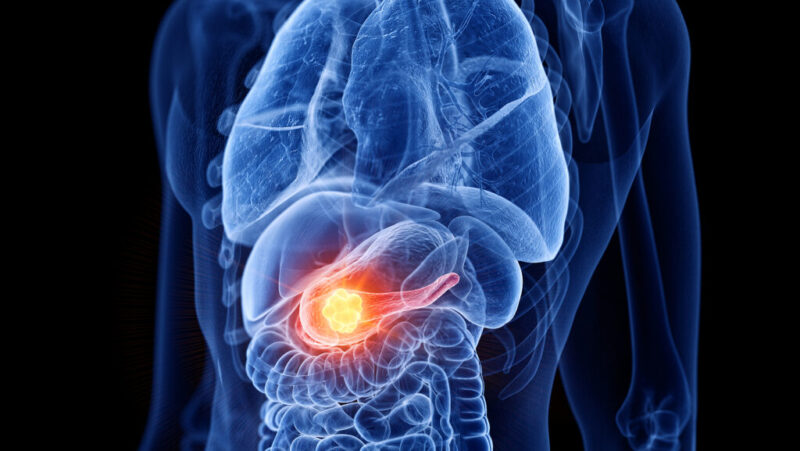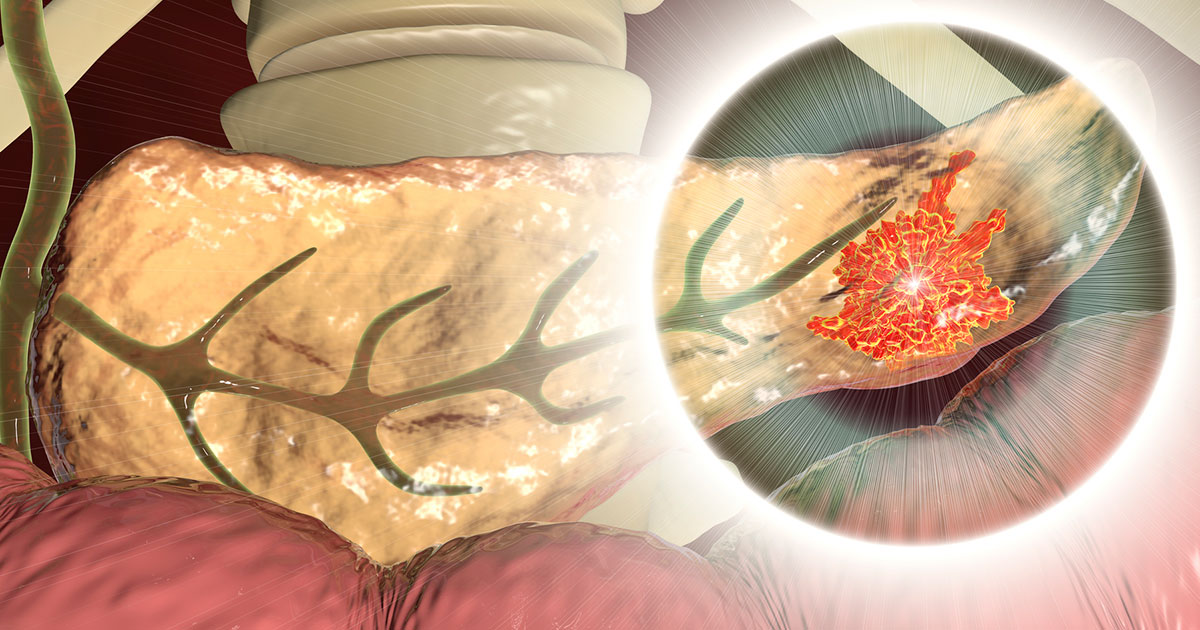A computational modeling study has revealed important insights into the growth patterns of pancreatic intraepithelial neoplasia (PanIN), a precursor lesion associated with pancreatic ductal adenocarcinoma (PDAC).

The power-law growth model developed by the researchers suggests that PanIN lesions are not only larger but also more prevalent than previously understood, offering new perspectives on how these precursor lesions may progress to cancer.
This research, supported in part by the National Cancer Institute’s (NCI) Cellular Cancer Biology Imaging Research program, examined over 1,000 PanINs through advanced 3D tissue mapping, marking a significant leap in our understanding of the biology behind these precursor lesions.
Instead of focusing on individual factors like age, lifestyle, or the pancreatic microenvironment, the study employed a mathematical approach to predict the size of PanINs based on general growth behavior.
This approach provides a more comprehensive model for how precancerous lesions in the pancreas evolve over time, setting the stage for future work that could lead to a deeper understanding of their transformation into cancerous cells.
The findings challenge previous assumptions about the prevalence and growth of PanINs, suggesting that these lesions might be more common and have a larger impact than previously thought.
The model also opens up new possibilities for refining our understanding of the progression from benign lesions to malignant pancreatic cancer, which has long been difficult to track due to the subtle nature of early lesions. The implications for early detection and prevention are profound.
“Our model gives a general overview of how precancerous lesions could evolve. If more detailed experimental data, such as high-resolution spatial genetic information for both small and large PanIN lesions, become available, our model could serve as a foundation for developing more specific and detailed models that describe PanIN in the actual physical space provided by the pancreatic ducts.”– Ashley Kiemen, the corresponding author of the study

Dr. Kiemen also noted that the methodology used in this study could be applied to other types of cancer precursor lesions. “Our generic approach to describing lesion growth is likely transferable to other common cancer precursors in the fallopian tubes, esophagus, or other organs. This opens the door to broader applications in cancer research and modeling.”
The findings of this study lay the groundwork for more sophisticated mathematical modeling in cancer research, which could eventually lead to better predictive tools for monitoring PanIN lesions and understanding their role in the progression of pancreatic cancer. The hope is that this model can help inform strategies for earlier diagnosis, more targeted treatments, and potentially even prevention of PDAC, which remains one of the deadliest and most difficult cancers to treat.
This work underscores the importance of computational modeling in cancer research, highlighting its potential to generate new insights that may not be achievable through traditional experimental methods alone.
